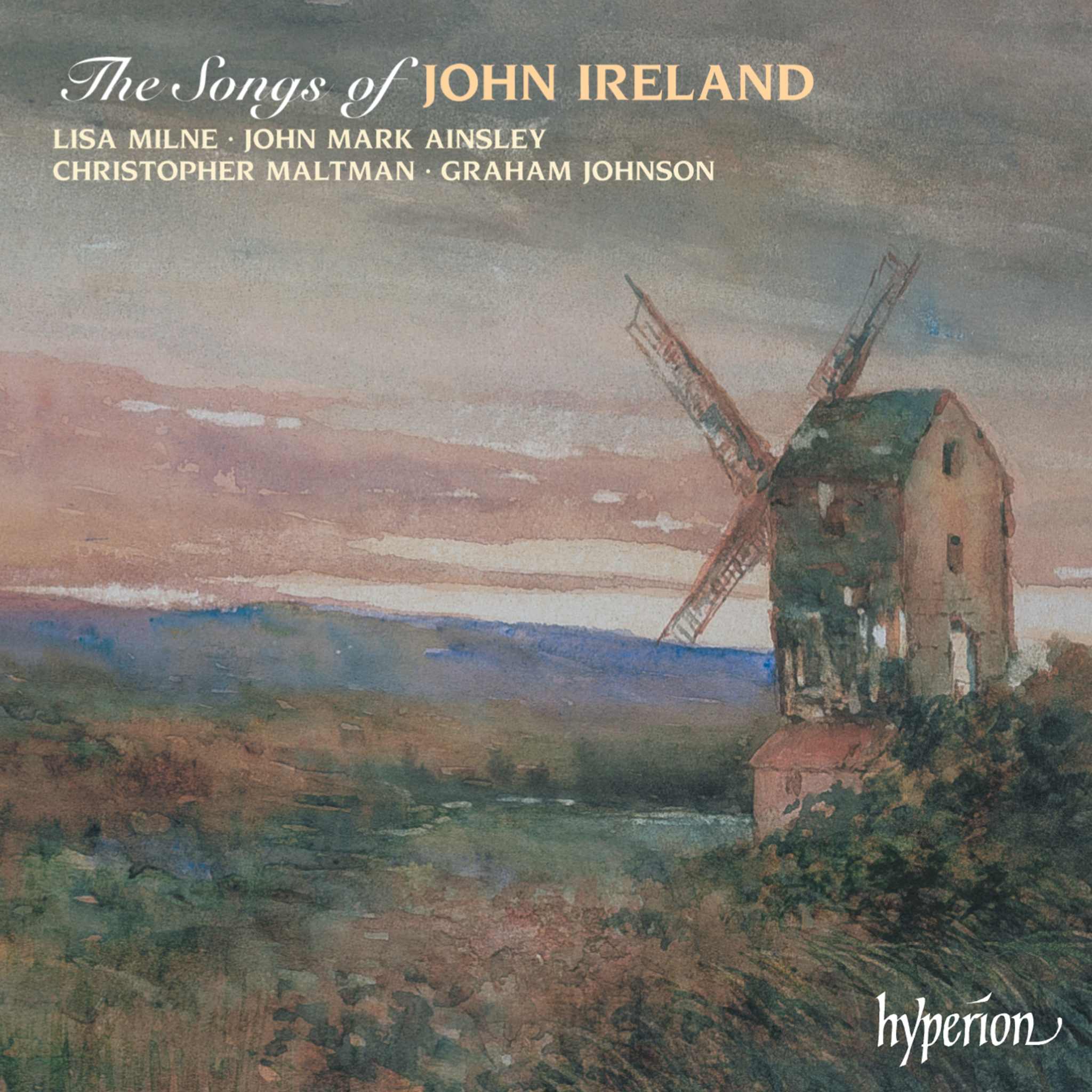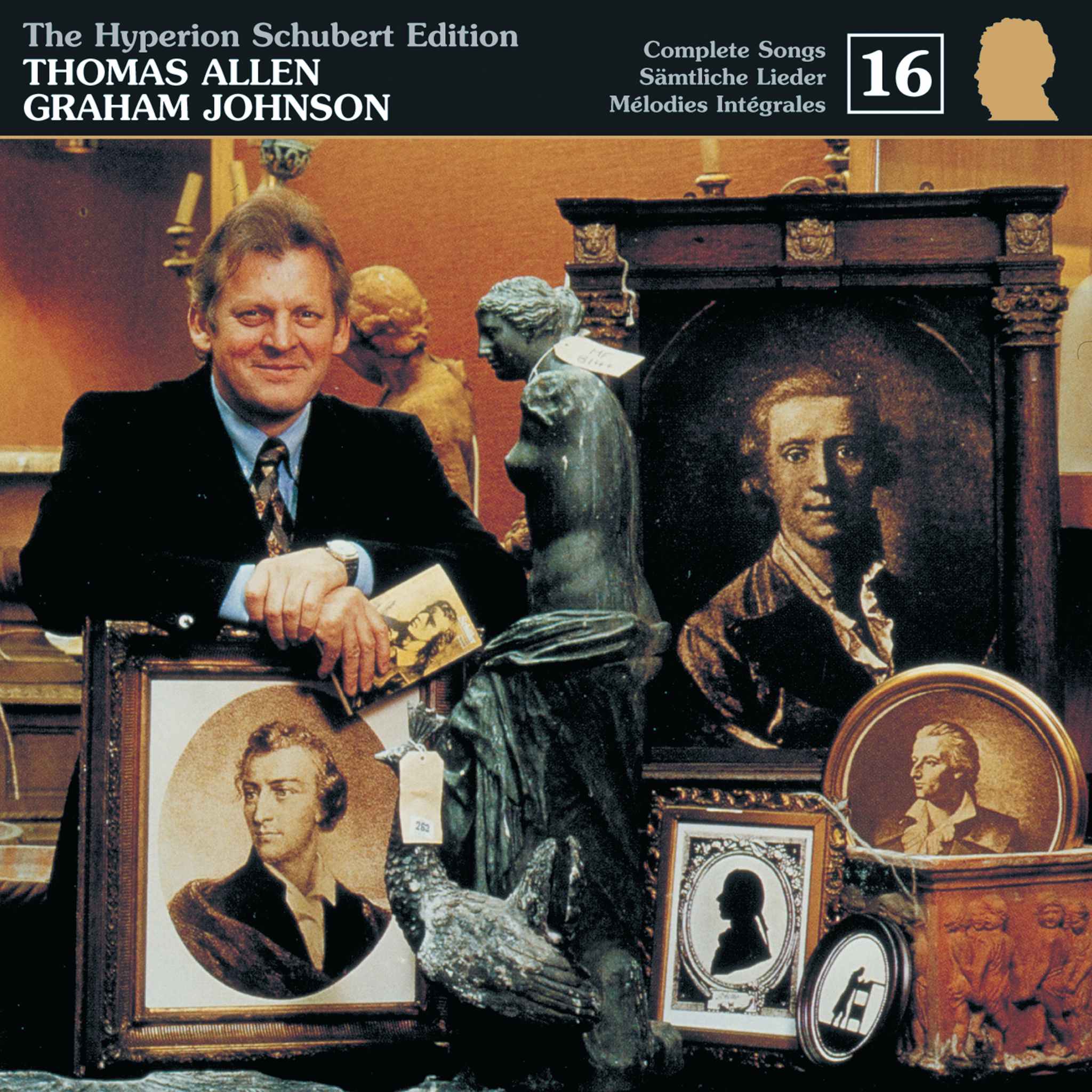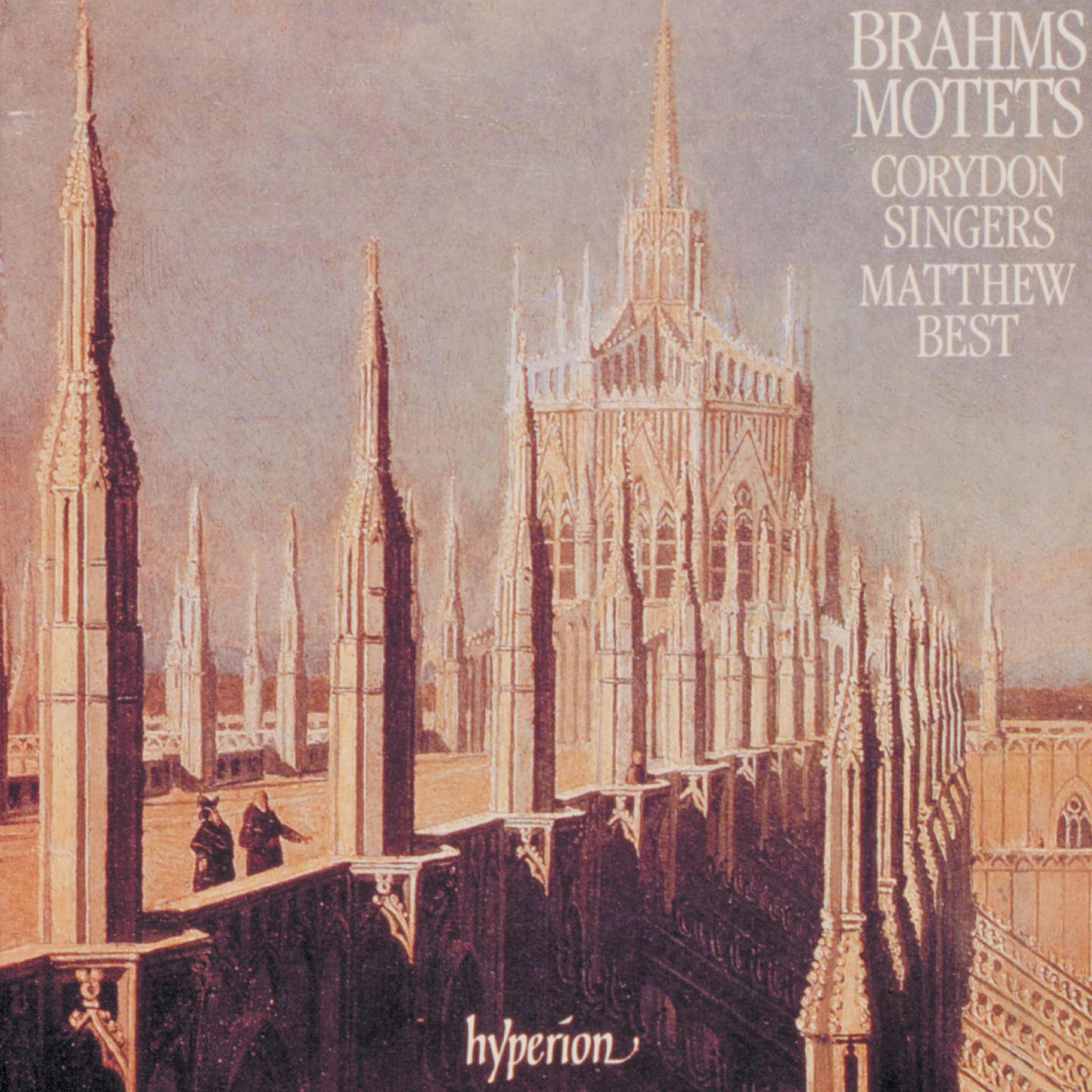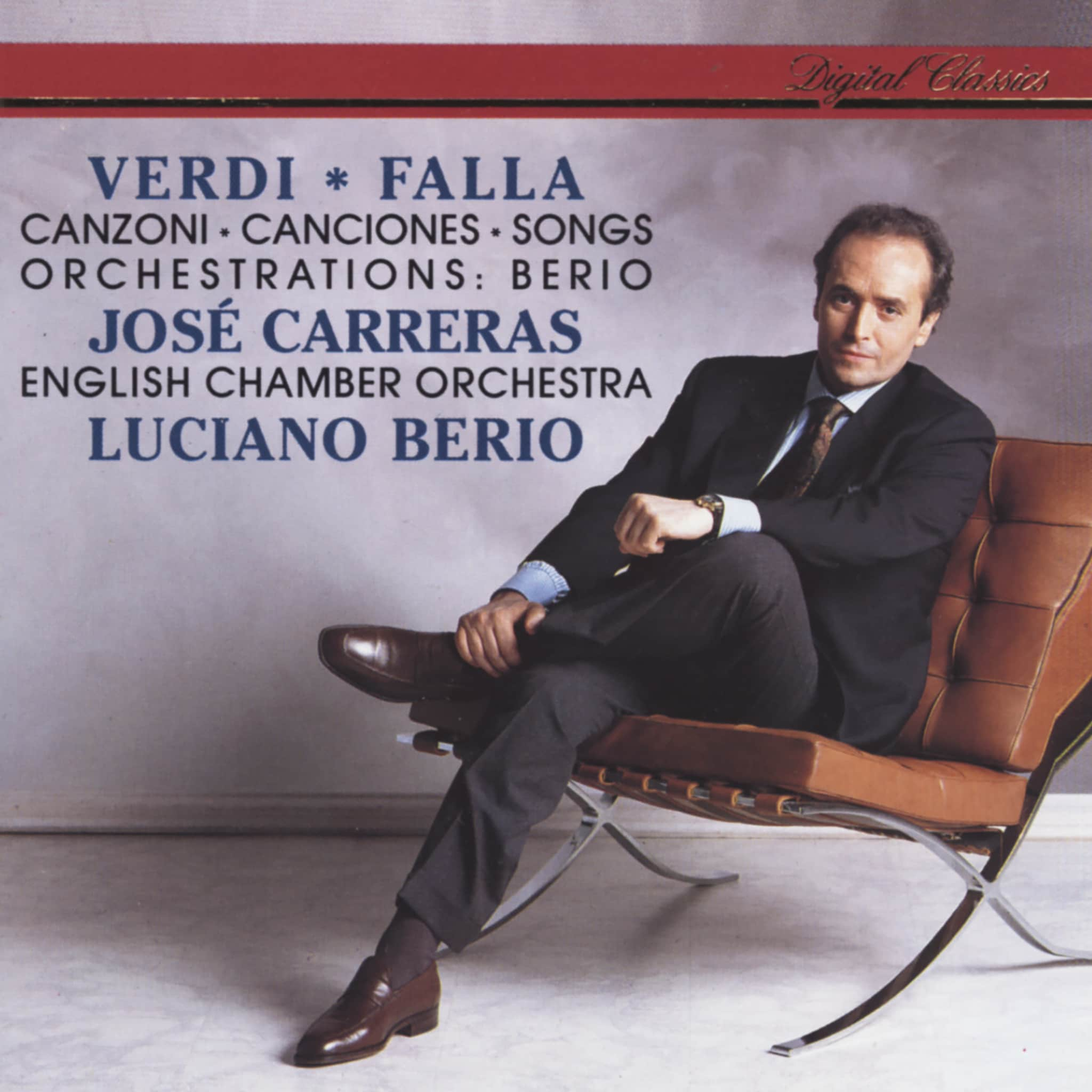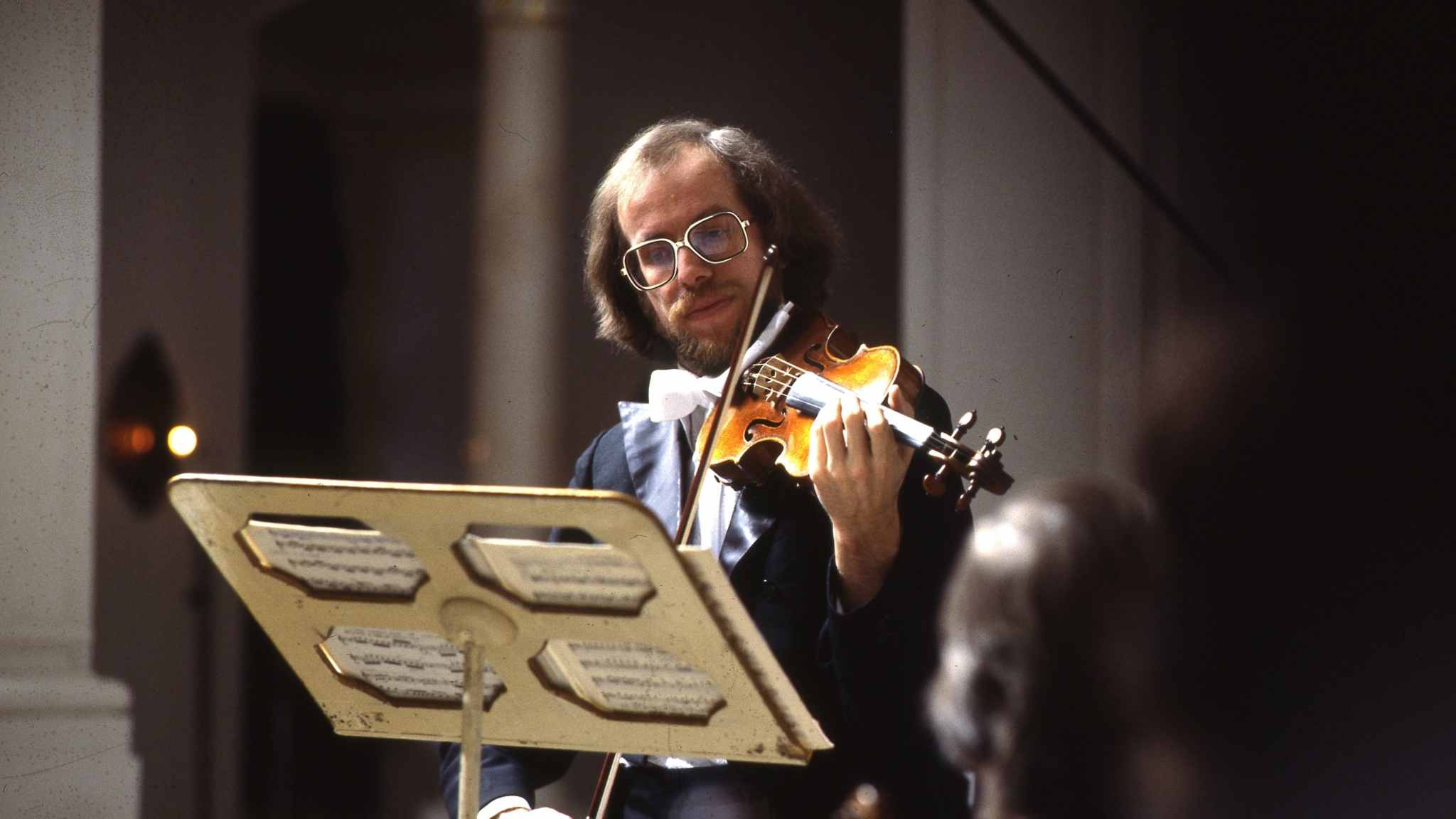Album insights
Max Bruch, known for selling the rights of his most successful works for very little money, later regretted his hasty actions—a fate shared by composers Edward Elgar and Fats Waller. His renowned Violin Concerto No. 1 in G minor, Op. 26, remains popular in audience surveys, often seen as equivalent to works by Beethoven, Mendelssohn, Brahms, and Tchaikovsky.
Born in 1838 in Cologne, Bruch trained under Ferdinand Hiller and Carl Reinecke. While living in Mannheim in the summer of 1864, he began work on the G minor concerto after meeting the celebrated violinist Joseph Joachim. The genesis of the work was intricate, with Bruch moving to Koblenz and then Sondershausen, where he solicited advice from various violinists, notably Joachim. The concerto saw revisions and collaborations until its premiere in Koblenz under Bruch's direction.
Bruch's meticulous approach is evident in his Violin Concerto's structure, akin to Mendelssohn's style. The three movements flow seamlessly, paying tribute to Beethoven and Mendelssohn before immersing in an orchestra-soloist dialogue. The concerto's enduring popularity often overshadowed Bruch's other works, a source of personal frustration.
Despite Bruch's efforts to replicate the concerto's success, subsequent endeavors like the Romance in A minor, Op. 42, lacked the same allure. Deviating from a traditional pattern, the Romance featured a single movement, captivating in its simplicity and beauty. Bruch's dedication to composing at Igeler Hof yielded masterpieces like the Serenade in A minor, Op. 75, a piece initially conceived as a concerto. Sarasate's advocacy and Joachim's technical expertise significantly influenced its creation and debut.
Each movement of Bruch's compositions showcased his intricate thematic development, from the lyrical Andante con moto to the spirited Allegro moderato, ending with an evocative musical narrative. His dedication to crafting engaging works, balancing technical prowess with emotive depth, marked his legacy in the realm of classical music.




